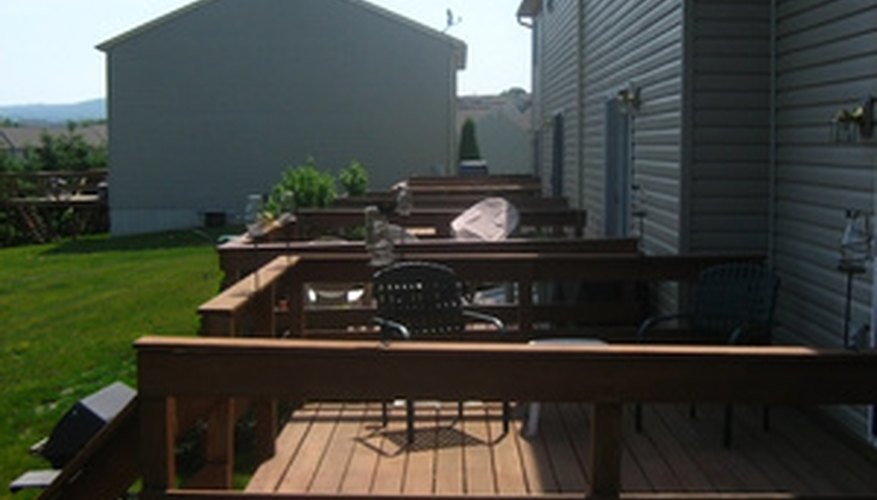Wood is pressure-treated with chemical preservatives to prevent damage caused by insects and fungus. Concern about the toxicity of the chemicals originally used to pressure-treat wood led to newer alternatives that may be less toxic.
Pressure-treated Wood Chemicals
Arsenic, a known carcinogen, was the predominant chemical used in pressure-treated wood from the 1970s until the Environmental Protection Agency phased out its residential use in 2003. Arsenic-based solutions, such as chromated copper arsenate (CCA), were discontinued for residential use because of their tendency to leach into the soil and absorb into human skin on contact.
- Wood is pressure-treated with chemical preservatives to prevent damage caused by insects and fungus.
- Arsenic-based solutions, such as chromated copper arsenate (CCA), were discontinued for residential use because of their tendency to leach into the soil and absorb into human skin on contact.
Recent Alternatives
Newer pressure-treated wood for residential use is made without arsenic derivatives. Types include alkaline copper quat (ACQ) and copper azole (CA), sometimes referred to as copper azone. These products were standardised in 2002 by the American Wood Protection Association, which conducts rigorous tests to ensure the safety and durability of pressure-treated wood.
Safety Precautions
Homeowners may have play structures or decks made of the older CCA wood. Reduce the risk of exposure by washing your hands after touching the wood, keeping children out of the dirt under the structures, and sealing the wood annually. When working with any pressure-treated wood, the EPA recommends using a dust mask, safety goggles and gloves, and never burning the debris.
